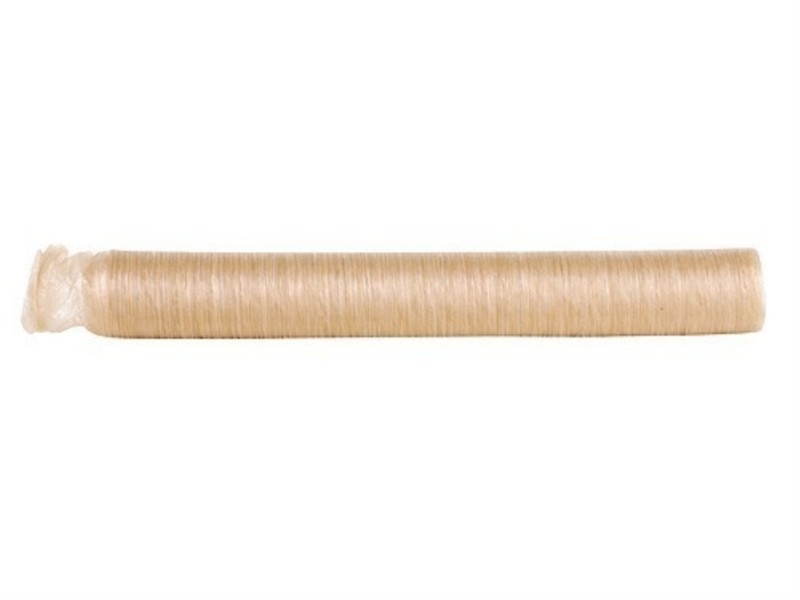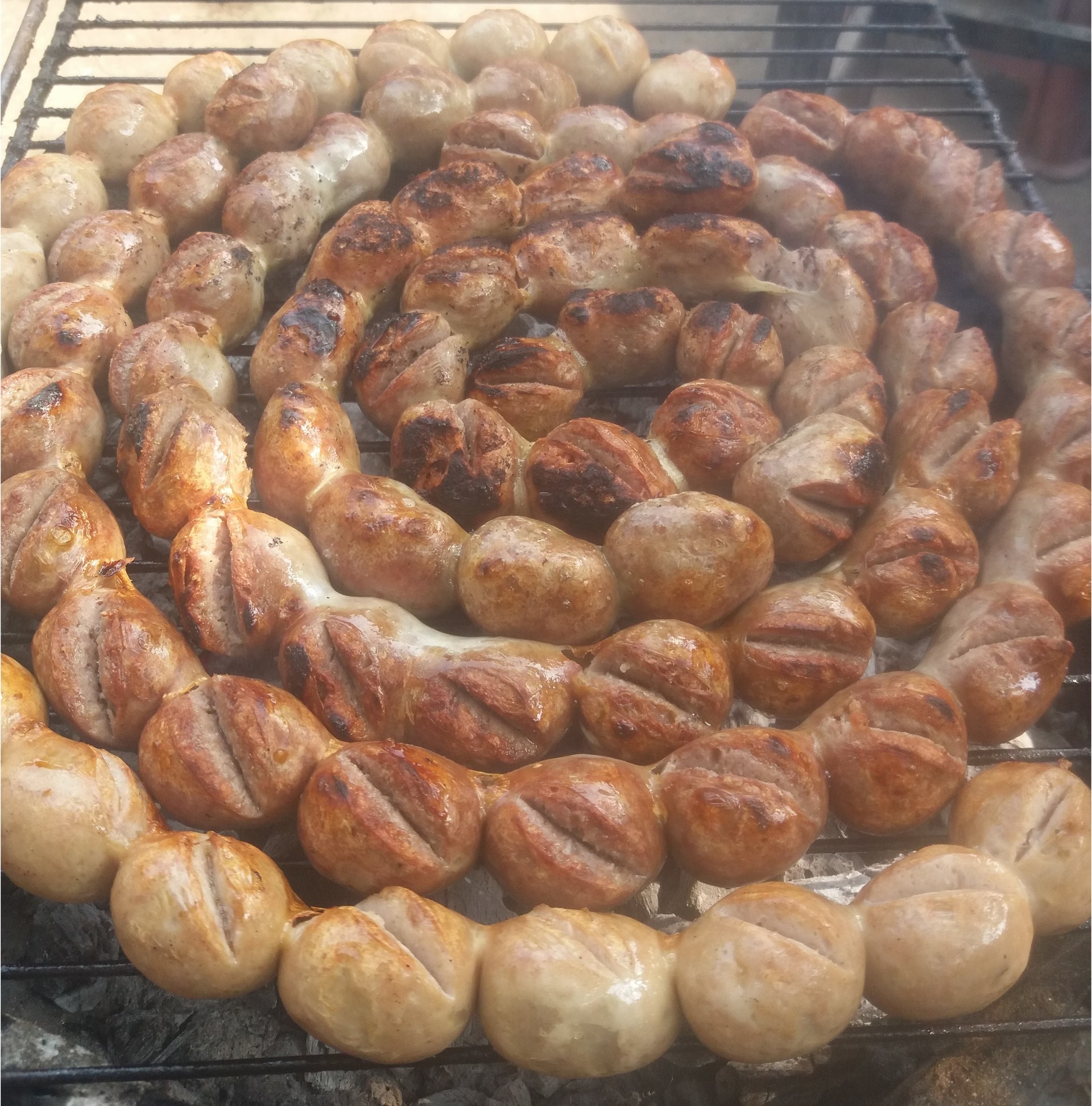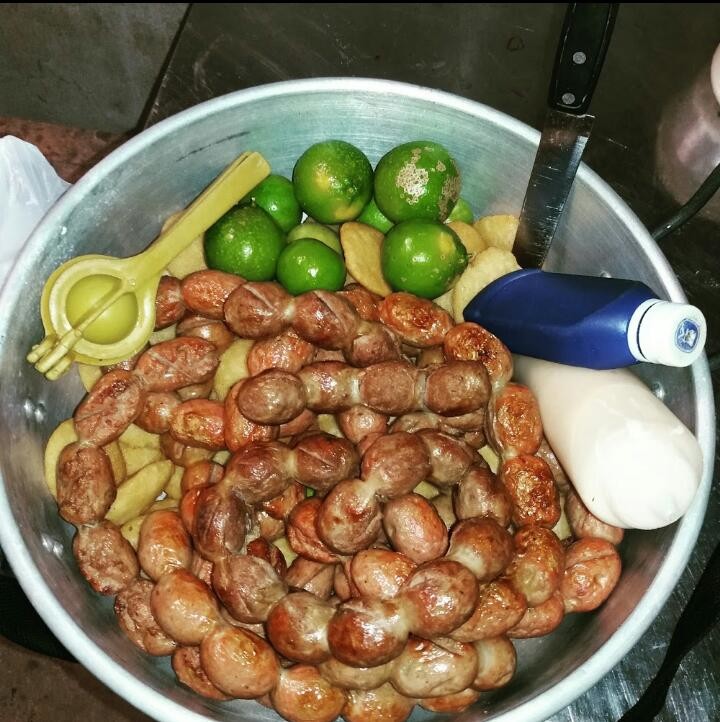From Colombia to the world: Las Butifarras
If you are one of the people who do not know the word butifarra, you only need to think of a sausage, sausages and any basically any kind of sausage that comes to mind, but shorter in length. Does the length make the difference between cold meat and the butifarra? Well no, because chorizo is almost the same length. So, what makes it so special? Well, basically, it is unlike the others. It is made with completely lean meat (usually tenderloin). Which is to say that it doesn't have any fat. Which is why if you were to ask me, I would say that it is the best of the sausages.
They say that the butifarra comes from Spain. However, you will find this delicious cold meat in most places in Latin America; the Butifarras Soledeñas, the name of which comes from the municipality of Soledad that is very close to the city of Barranquilla, are very famous in Colombia. But, without demeriting the delicacy of this population, the best butifarras I have ever tried have been those of Magangué-Bolívar. If this is my hometown) and I do not say that they are the best for the fact that it is my father who prepares them, but because I have not found a person who has tried them and has not fallen in love with the taste. My dad's name is Melvin Novoa but everyone knows him as “el mono de las butifarras” ("the king of the butifarras"). If one day you come to my town and want this delicious coastal delicacy, do not hesitate to ask for my father or "el mono” if you like. It is not that Magangué is small, its population exceeds 120 thousand inhabitants, but the reputation my father has earned after more than 30 years of effort and sacrifice for providing the best product to all his customers.
I am 21 years old and butifarras have been in my life for as long as I can remember. Since childhood, I have helped my father with making this product and from when I was only 14 years old I went out to sell it in the streets of Magangué and even today when I return to my city, I help my father when he goes out to sell them.

But hey, he would not be the "prince of the butifarras" if I didn't know how to do them, so of course I know how to make them, and I will even teach you how to make them. Before anything else, you need to find the following ingredients:
-
500 grams of meat (thick-cut steak, thin-cut steak, sirloin)
-
2 garlic cloves
-
1 onion
-
Oregano
-
Salt
-
Pepper
-
Rolled meat
-
Nylon
-
Grinder
The most complicated thing about getting here is the rolled up meat, which many will surely wonder about what it is... well, without entering into euphemisms, it is the intestines of the beef, which are obviously already clean of any kind of thing. But if you don't like the idea because you find it unpleasant, or you can't find it, you can buy artificial stuff in most butcher shops or stores that sell supplies for this. However, ideally, everything should be as natural as possible.

-
Once you have everything, you can begin by chopping the meat into cubes that are as small as possible, so that it will be easier to grind it.
-
Peel and chop the garlic and onion into small cubes and add them to the meat.
-
Season the meat with the oregano, the pepper and the salt to your liking. Mix well.
-
Grind the meat.
-
After grinding, return to seasoning again until you are happy with the flavour.
-
Stuff the meat into the rolled meat. If you find it difficult, cut the tip of a small plastic bottle to help you. Ideally, the meat should fill the inside in a uniform manner, with no parts being more or less filled than others.
-
Boil water.
-
Divide the meat-wrapped meat into slices no thicker than your thumb.
-
Once you have sliced the meat, proceed to use the nylon to secure each portion both before and after. The knots should be strong, but not too tight.
-
After securing the meat, place it into the boiling water for 15 to 20 minutes, depending on how cooked you want them to be.
-
Remove the finished butifarras from the water and with a knife and much precaution remove all the nylon.
-
And there we have it, the butifarras are ready to eat, but if you like you can add an extra touch by making a diagonal line from top to bottom and grilling them.

Now you can enjoy these delicious butifarras accompanied by buns, arepas and to add an exquisite touch you can add lemon. They are ideal for all kinds of gatherings as they are excellent snacks or appetisers. I also should say that if you want the sausages to be a little firmer, you can buy already grinded meat and then continue by following the subsequent steps. Furthermore, this was only one of the five possible kinds of butifarra that you can eat in Magangué, because in addition to the beef sausages there are:
-
Chicken butifarras.
-
Pork butifarras.
-
Fish butifarras.
-
Vegetarian butifarras.
I truly hope that I have encouraged you to prepare this delicious traditional dish from the Colombian Caribbean coast or if one day you come to Magangué you have the opportunity to try them.

Photo gallery
Content available in other languages
Want to have your own Erasmus blog?
If you are experiencing living abroad, you're an avid traveller or want to promote the city where you live... create your own blog and share your adventures!
I want to create my Erasmus blog! →







Comments (0 comments)